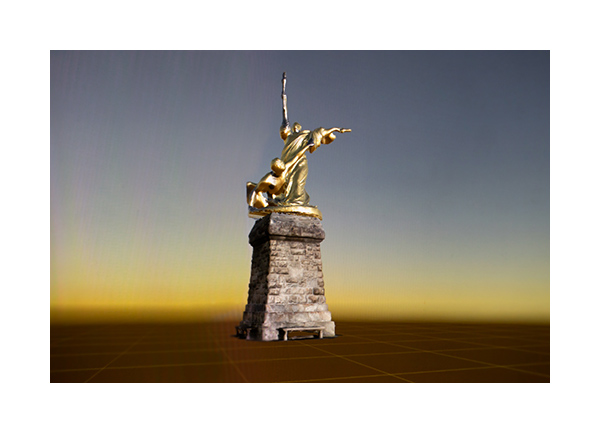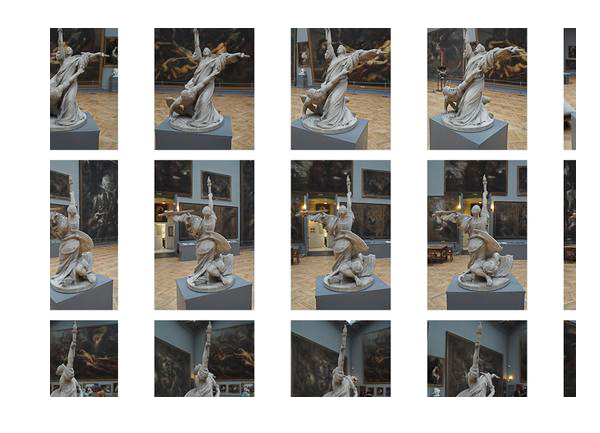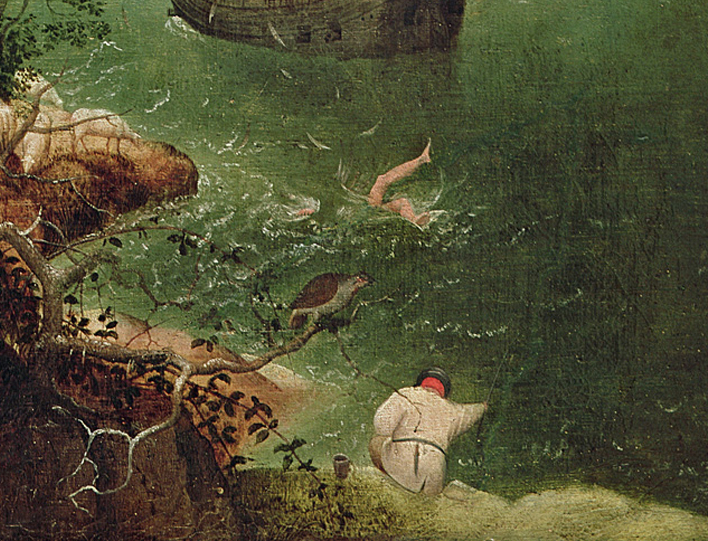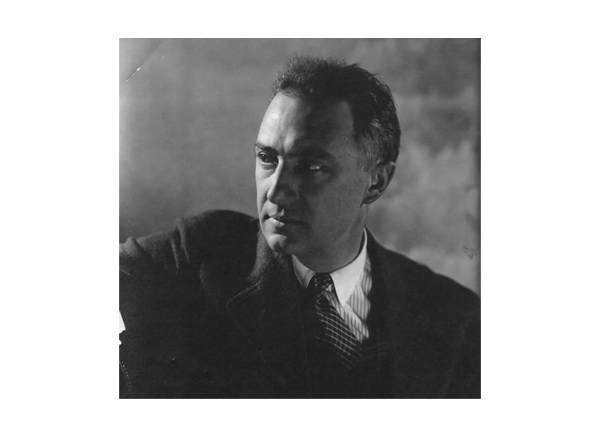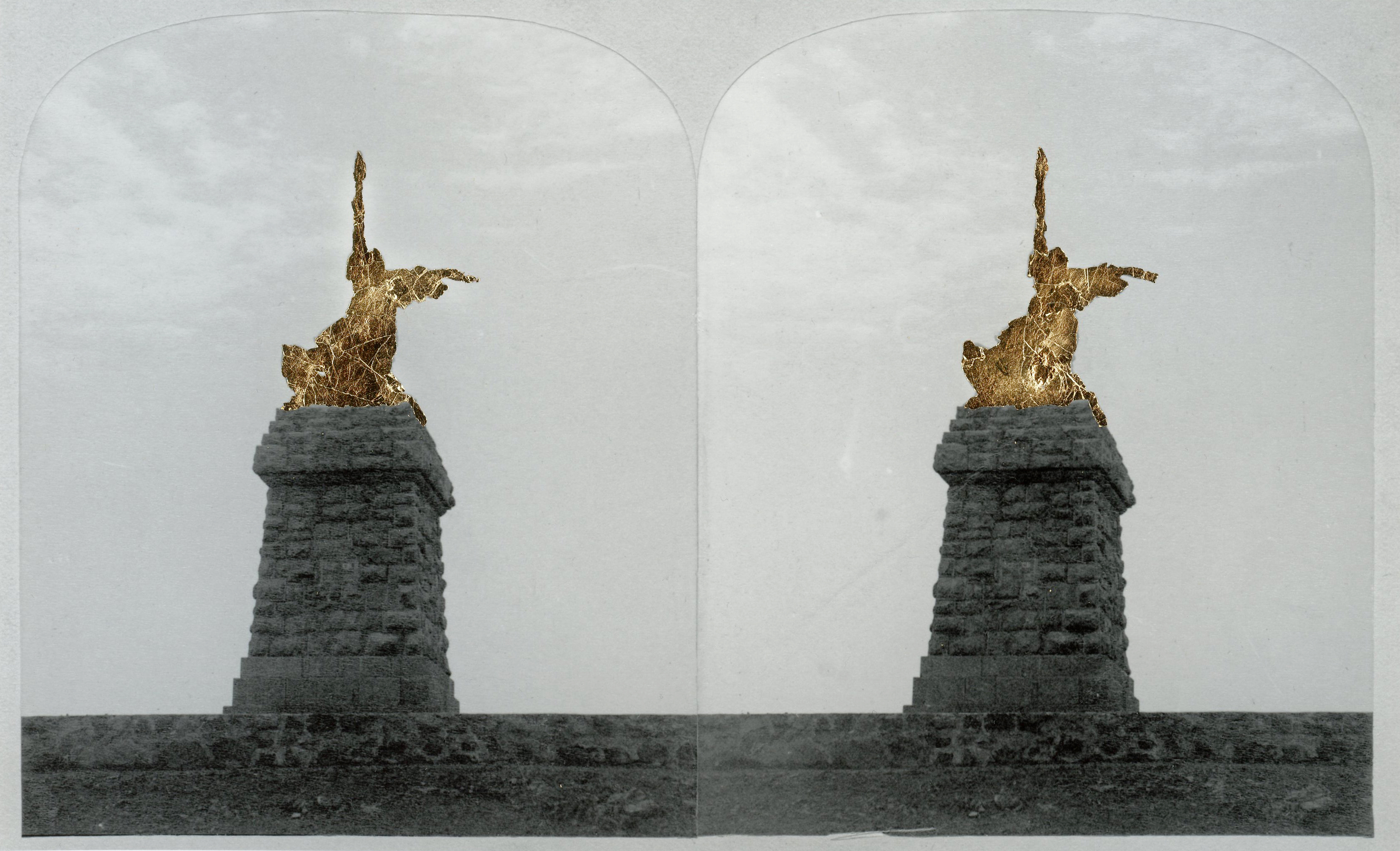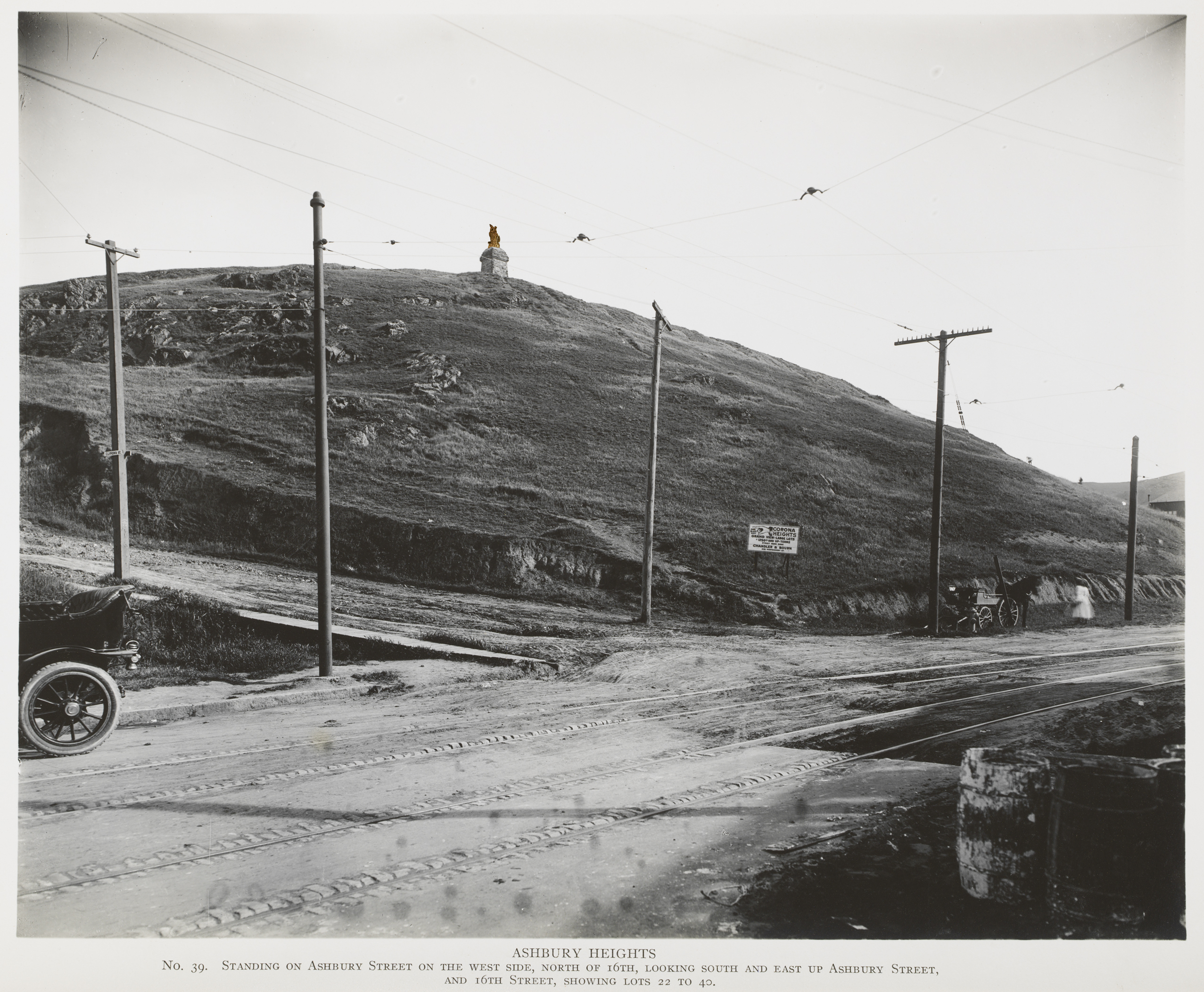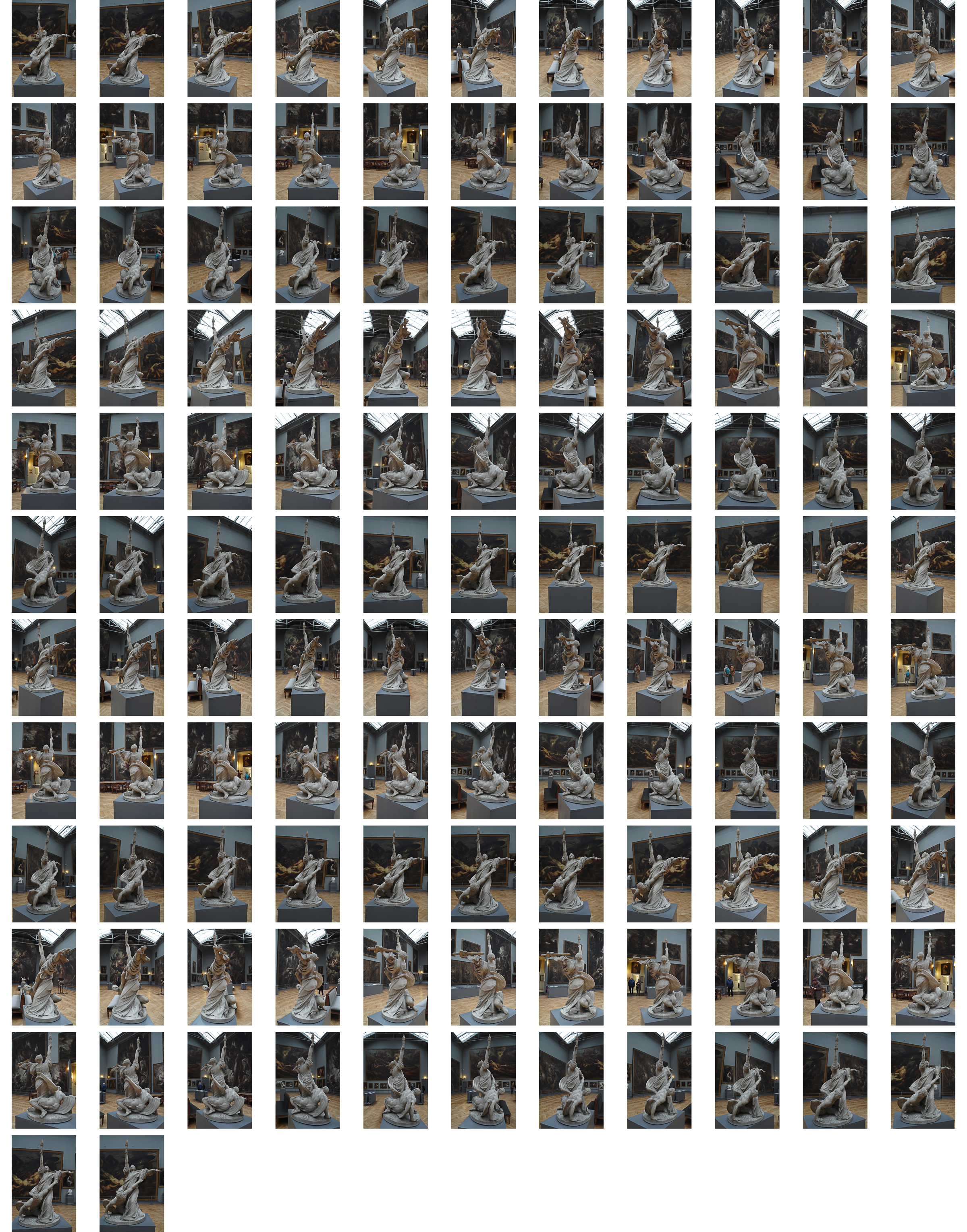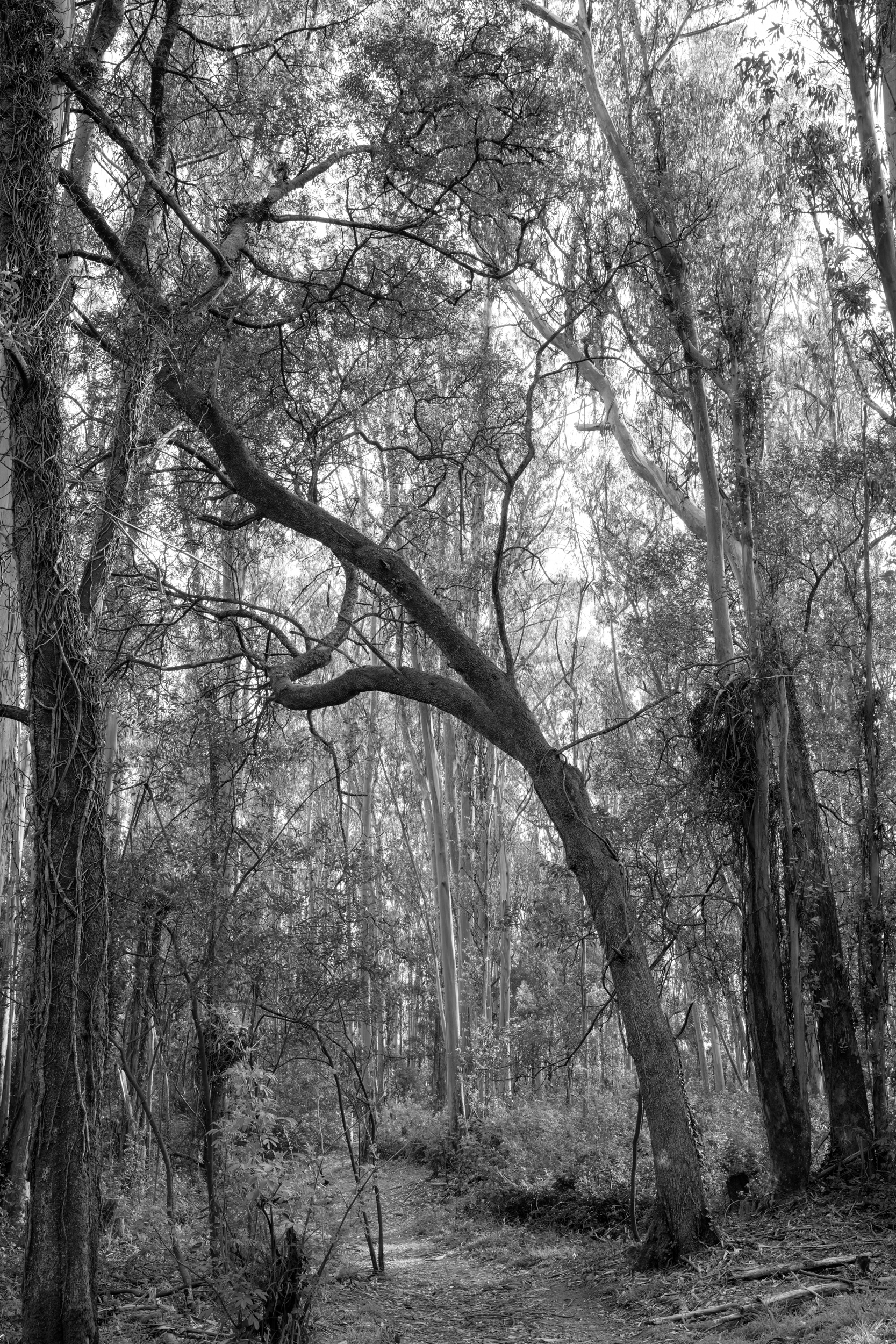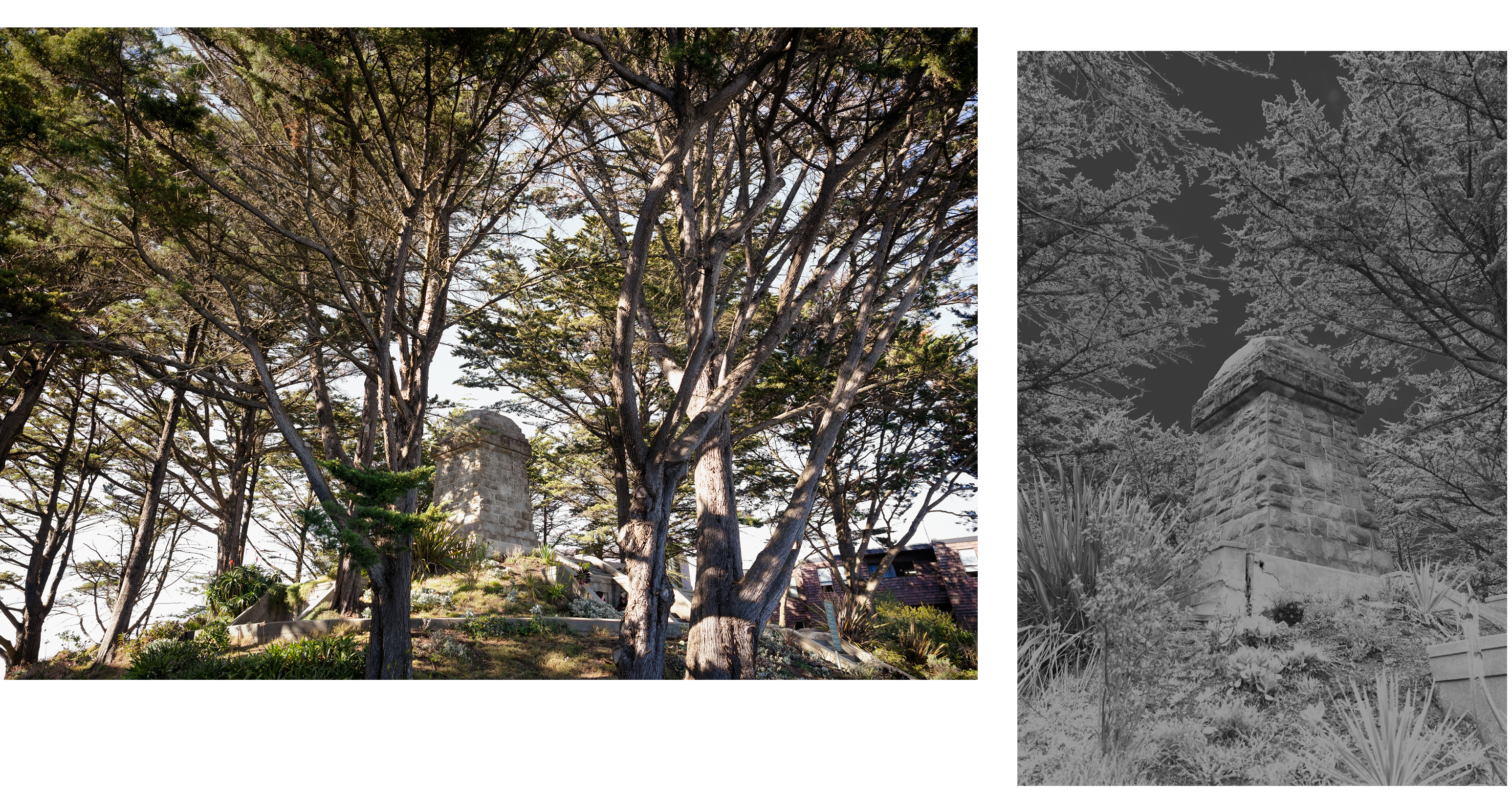LANDSCAPE WITH THE FALL OF ICARUS (2020)
The following is a story, of sorts, about a missing statue, a historic painting, a poem, and a forest. It’s a story of simulacrum, of provenance, of plagiarism.
Or maybe it’s the story of the ambitions of men and attempts at immortality. It’s a story of hubris and the insufficiency of idealism.
Or maybe it’s a story of monuments, the story of idolatry, the story of change.
Or possibly, it’s not about any of that at all.
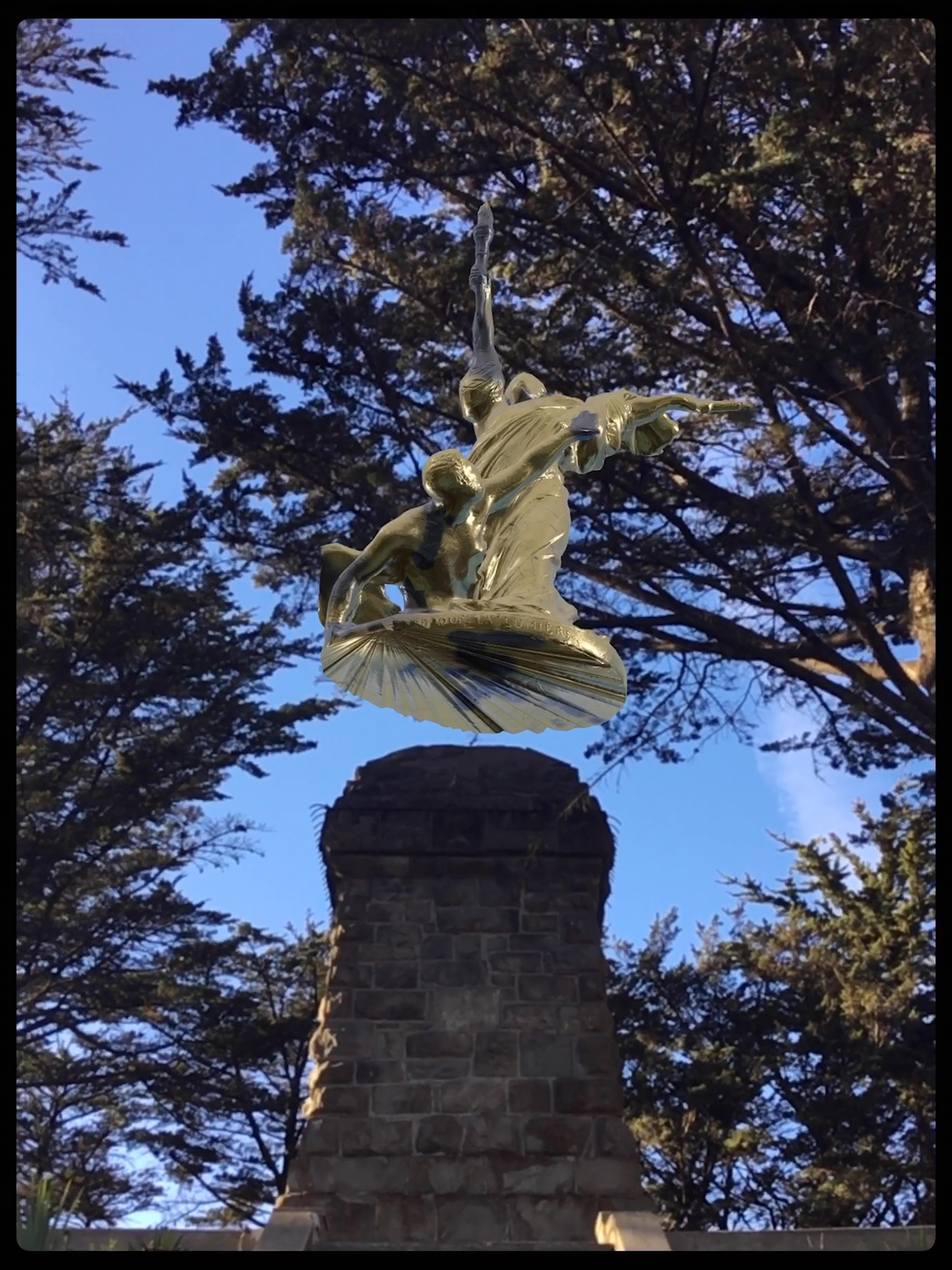
Thanksgiving Day 1887 silver baron Adolph Sutro dedicated the statue Triumph of Light atop Mount Olympus at the center of San Francisco. The 15-foot statue was a replica of Antoine Wiertz’s Triomphe de la Lumière. Originally made in 1862, it represented the triumph of truth and liberty over the forces of despotism.
At the San Francisco dedication Sutro made the modest declaration:
Generations will fade away, and still that monument will Dally with the wind, and scorn the sun... Children shall ask: Who built this Monument? And old men shall answer, Adolph Sutro, a pioneer of this fair land, a successful miner, a joyous free American Sovereign, a lover of Light and Liberty, that for all time those who live at its feet may be like him, and love them too!
Generations did fade away, and for a time the statue did scorn the sun, but soon it too faded. By the 1900s Triumph of Light was in disrepair; so much so that by the 1920s it was decapitated. The exact date is unknown, but sometime in the 1950s it disappeared altogether leaving only its pedestal. Today, if one ventures to the top of Mount Olympus they will find a small park with steps leading to a large stone base with nothing on top. The scene hints at some grand gesture that seems to be missing.
Reimagining this gesture for today, I've recreated Triumph of Light using photogrammetry, 3D modeling, and augmented reality. It exists as an AR app with an in-gallery experience as well as a publicly accessible site-specific digital installation.
While my rendering’s gaze is focused on the missing monument, the piece's name is borrowed from another work of art - Pieter Bruegel’s Landscape with the Fall of Icarus. The torch-bearing woman of Triumph of Light fell to earth in a manner not dissimilar to the depiction of Icarus falling into the sea in Bruegel’s famous painting. Like in Bruegel’s landscape, our hero fell to earth and no one noticed. Ships headed out to sea, a farmer tilled the soil, a shepherd tended to his flock. All the while, Icarus flailed and thrashed below the cliff. Life moved on. The gears turned. The world changed.
Today, as the world continues to move around us, I keep returning to another iteration of Landscape with the Fall of Icarus, this one the 1960s poem by William Carlos Williams. It ends with the simplest of stanzas:
a splash quite unnoticed
this was
Icarus drowning
I’m left wondering where we are in this tableau. Are we Icarus drowning, or the unnoticing laborers? I fear, perhaps, we are merely the splash.
By extension, I wonder where my new monument sits in this changing tableau. In my reimagining, Mount Olympus’ missing statue is a gilded, tarnished relic. Time has worn away its gold veneer exposing the metal below. It’s publicly accessible, yet hardly egalitarian. A digital facsimile of a facsimile. A mirage. A phantom. It glitches and wavers, it’s edges are unfinished, betraying its own digital perfection. Ultimately, just as its original, it too is fallible and in the end it will disappear leaving only its pedestal.
Today, as the world continues to move around us, I keep returning to another iteration of Landscape with the Fall of Icarus, this one the 1960s poem by William Carlos Williams. It ends with the simplest of stanzas:
a splash quite unnoticed
this was
Icarus drowning
I’m left wondering where we are in this tableau. Are we Icarus drowning, or the unnoticing laborers? I fear, perhaps, we are merely the splash.
By extension, I wonder where my new monument sits in this changing tableau. In my reimagining, Mount Olympus’ missing statue is a gilded, tarnished relic. Time has worn away its gold veneer exposing the metal below. It’s publicly accessible, yet hardly egalitarian. A digital facsimile of a facsimile. A mirage. A phantom. It glitches and wavers, it’s edges are unfinished, betraying its own digital perfection. Ultimately, just as its original, it too is fallible and in the end it will disappear leaving only its pedestal.
